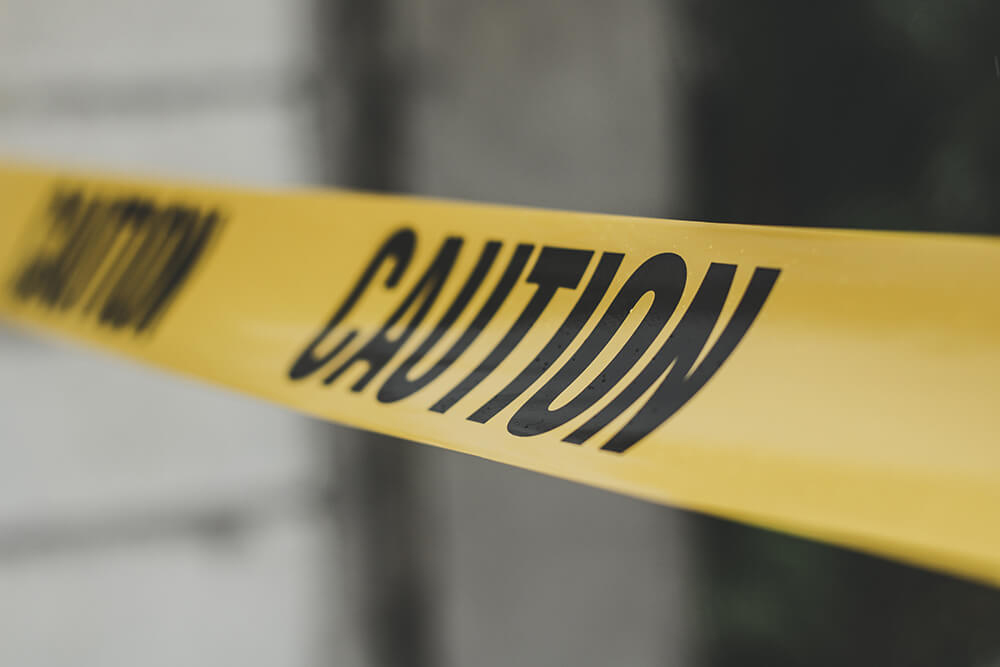Under Pennsylvania slip and fall accident law, property owners are not required to keep their premises and abutting sidewalks completely free from all snow and ice at all times. To require otherwise would be unreasonable. However, both commercial and residential property owners must take reasonable steps to clear snow and ice from sidewalks. Failure to do so may result in liability.
In Pennsylvania snow/ice slip and fall accident cases, courts will apply what is called the “hills and ridges doctrine.” Under this doctrine, a property owner is usually immune from liability for generally slippery conditions which result from snow/ice unless the property owner permitted unreasonable accumulations to remain for an unreasonable amount of time.
Related: Pennsylvania Sidewalk Accident Liability for Snow & Ice Accumulations
In order to recover under the hills and ridges doctrine in a sidewalk accident which occurred due to snow/ice, the following three elements must be proven:
(1) the snow/ice had accumulated on the sidewalk in ridges or elevations which unreasonably obstructed travel and constituted a danger to pedestrians,
(2) the property owner had notice, either actual or constructive, of the existence of the condition, and
(3) the accumulation of snow and ice caused the fall accident.
Exceptions to the Hills & Ridges Doctrine – Isolated Patch of Ice and Defendant’s Own Negligence
It is important to note that the hills and ridges doctrine only applies in cases where snow and ice are the result of an entirely natural accumulation, i.e., following a recent snowfall. However, there are two very important, significant exceptions to the doctrine.
Isolated Patch of Ice on the Sidewalk
First, the doctrine does not apply when there is a localized, isolated patch of ice and the conditions in the area are not generally slippery. The reasoning is that patches of ice are relatively easy for a property owner to resolve and difficult for pedestrians to avoid.
Example: A pedestrian is walking to a doctor’s office and slips on a dangerous patch of ice near the front door. Snow had fallen several days prior and due to normal temperature fluctuations, ice had formed near a gutter. The patch of ice was covered by debris and dead leaves. So long as there is evidence that the property owner had knowledge of the condition or should have had knowledge of the condition, the injured pedestrian’s lawsuit would probably be successful.
Defendant’s (Property Owner) Own Negligence
The second exception to the hills and ridges doctrine applies to situations when the icy condition is caused by the property owner’s negligence. Common examples include defects in the property or a leaking water pipe or drain which contributes to unnatural accumulations of ice.
Example: A property owner fails to perform gutter maintenance which causes melting snow from the roof to pool at the base of the gutter, leading to the sidewalk. With dips in temperature, especially in the late afternoon and early evening, a pool of melted snow refreezes on the sidewalk, and a pedestrian slips and falls. Here, the property owner would be liable as a result of the failure to perform gutter maintenance which led to the icy sidewalk.
Suggested Reading: Did You Have a Slip & Fall Accident in Philadelphia? What You Should Know About Getting Medical Bills Paid
Pennsylvania Slip & Fall Accident Lawyer
If you slipped on a sidewalk due to snow/ice and would like to discuss your case with one of our lawyers, please call (215) 399-9255 for a free consultation.
**This website does not provide legal advice. Every case is unique and it is crucial to get a qualified, expert legal opinion prior to making any decisions about your case. See the full disclaimer at the bottom of this page.

